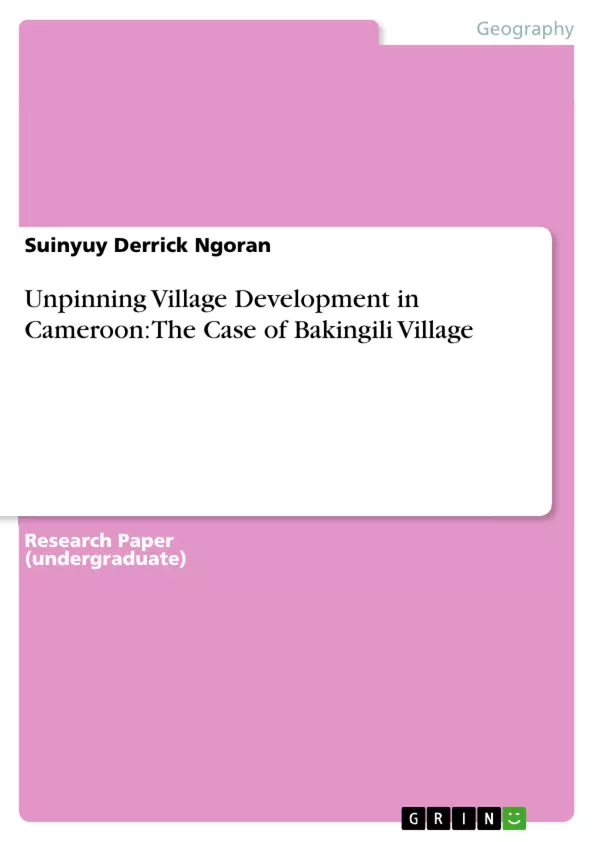This paper sponsored by the German Development Service (DED) under the canopy, Programme for the Sustainable Management of Natural Resources (PSMNR) in the South-West of Cameroon, gives an overview of the state of village development in Bakingili, Cameroon and further expatiates on the desired goals and objectives of the villagers. Bakingilii shares a close boundary with the sea and the village has population of about 693 people. As concerns social infrastructure, there are 79 houses and the main livelihood activity in the village is farming. Due to the small the nature of the village, most of the information presented here is first hand. The goal is to provide information that can serve as spring-boards to young researchers. Base on the information gathered and analysed, it’s however deduced that the village lags behind in terms of rural development.
Keyword: Village Development, Livelihood, Bakingili, Cameroon



